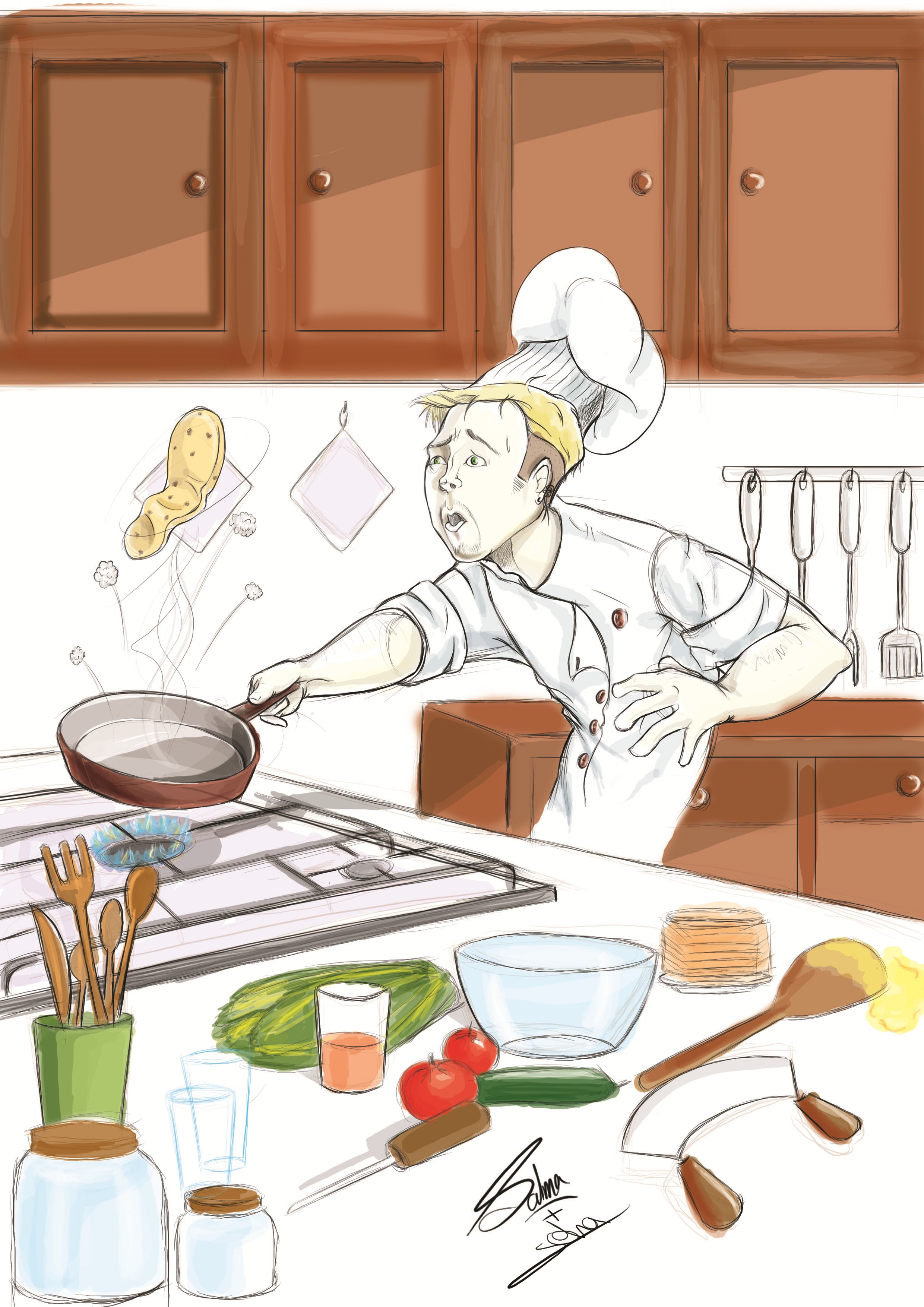Browsing through mass media, images of women covered in utter blackness would regularly pop up as an answer to any search associated with Saudi women. Stereotypes such as walking a certain distance behind men and never being able to freely choose a profession are salt and pepper to outdated, biased horror stories told about the seaside kingdom.
With that said, the abaya is often described as the most elaborate tool of oppression. While Japanese kimonos are often celebrated worldwide, their Saudi equivalent is repeatedly disparaged by global media.
Marriam Mossalli is a Saudi entrepreneur, who felt obliged to share her companionship with abayas in a time when social media is finally giving a credible voice to the unheard.
The fashion aficionado decided to stop the one-sided stories and shallow murmurs of empowerment with a visual love letter addressed at abayas and the women under them.
Her fashion book is not only a window into the true tales of inspiration found across the country, it is also a transparent representation of that particular piece of wardrobe. Under the abaya is Saudi Arabia’s first fashion book, which harbours impactful images of women flaunting strength and inspiration as must-have accessories.
From casual strolls around the country’s urban districts to mastering a motorbike while holding on to the burqa, the women captured in Mossalli’s book are not afraid to show their faces nor their confidence.
Daily News Egypt spoke with Mossalli to discuss the recent milestones Saudi women have achieved and the untold sisterhood shared by those unsung female heroines with their wafting allies.
What was the main incident/event that encouraged this project?
Having worked in the fashion industry for over a decade, I have always wanted to do something to highlight the diverse and insanely up-to-trend fashion scene in Saudi Arabia.
Yet, being a Saudi woman, I also knew that I wanted to do something for female empowerment even more. So when the Misk Art Institute invited me to participate in the first art books fair in Saudi Arabia, I felt it was just as good a time as any try to break the stereotypes of Saudi females often portrayed in Western media.
As a Saudi woman that often travels to Europe and the US, what is the most common stereotype that you are often faced with?
That I am filthy oil-money rich! I think the cities like London, Paris, Los Angeles, and New York are used to the “Ramadan rush” of Saudis invading their cities during summers to shop and go to Disneyland, so we kind of did this to ourselves.
But, I am hoping that as the demographics of our country shifts to a younger, more millennial generation (70% of our population is under the age of 30), that this stereotype will be replaced with a more fitting one; perhaps “every Saudi walks around with two phones and is constantly on Snapchat?”
What was the main message that you wanted to communicate through this project?
It is no secret that the media’s biased depiction tends to show an outdated version of us Saudi women, and I wanted to change that. I have always had that intention in everything I do, even in every trivial post on my social media.
I want to show the world that Saudi women are more than these unknown black figures you see on CNN. We are dreamers, pioneers, mothers, doctors, restaurateurs, students, and everything in between. We have opinions and ideas; meanwhile, we are making changes accordingly.
The book will also help create awareness around the long-term ambition of our ongoing online platform: www.undertheabayaksa.com, which is inspired by Humans of New York, where people submit their own pictures and tell us who they are, what they do, or their story.
Our hope is to create positive connotations around women and Saudi Arabia in order to counteract the negative stereotype of the Saudi female, who is “all covered in black without a voice and is forced to walk five feet behind her man.”
What were the main concerns women had regarding sending their images?
As I mentioned earlier, the concept of the book had always been something I dreamed of doing, but, two years ago, we were met with hesitation when women were wearier of having their faces published.
From a single post on Instagram, we had over 1,000 submissions in a week and in the release form, 95% of the submitters noted that not only would they be willing to show their faces, they actually preferred it!
I think Saudi Arabia is going through a transitional phase, when women are being given the identity they deserve. We are no longer identified in reference to our relationship to a man, such as um [mother of] or uhkt [sister of] so-and-so; rather, we are known by our own names and faces.
Now you turn on the local news are see HRH Princess Reema Bint Bandar speaking confidently to world leaders in Davos, or Sarah Attar running alongside her fellow Olympians.
That in turn affects us women. It shows that our identity and individualism is no longer a taboo!
The abaya is often stigmatised as a tool of oppression. As a woman, who has been wearing it for a lifetime, to what extent does it present a part of your identity?
I live in my abaya. It is the Saudi equivalent to Juicy Couture sweats; anyone who wears them should probably lie about how much they love to wear them!
I believe that it is the equivalent of men’s white thobe; a garment of national identity that allows me the freedom to focus on my work and not my appearance.
I really feel the abaya has helped women in the Arab Gulf become more confident in their intellect and achievements versus their appearance.
Do you still remember your first abaya?
I got my first abaya way too late; I was a tall, lanky girl with no curves. Accordingly, I basically got away with looking like an 11-year-old until I was 16. But, my first abaya—which I still have—is a custom-made abaya, which my mom passed down to me from Milan.
It was a Versace abaya. I definitely felt proud to wear it because it meant I was no longer an adolescent, but rather, a woman.
It did not have connotations of oppression—it was marking a young girl’s passage into womanhood.
In your opinion, if abayas are no longer a mandatory dress code, would the majority of Saudi women still choose to wear them on a daily basis?
I think the questions is when not if. And yes, I anticipate that many will still wear the abaya; much like the Emiratis in the UAE.
It is important to have the choice, and that is key. Yet, it will definitely stay a wardrobe staple for me, as I have even made my international friends sport it as a fashion statement!
The trend is quickly being picked up by millennials: ripped jeans, a crop top and an abaya in summer is becoming more Coachella than Native American feathered headpieces!



